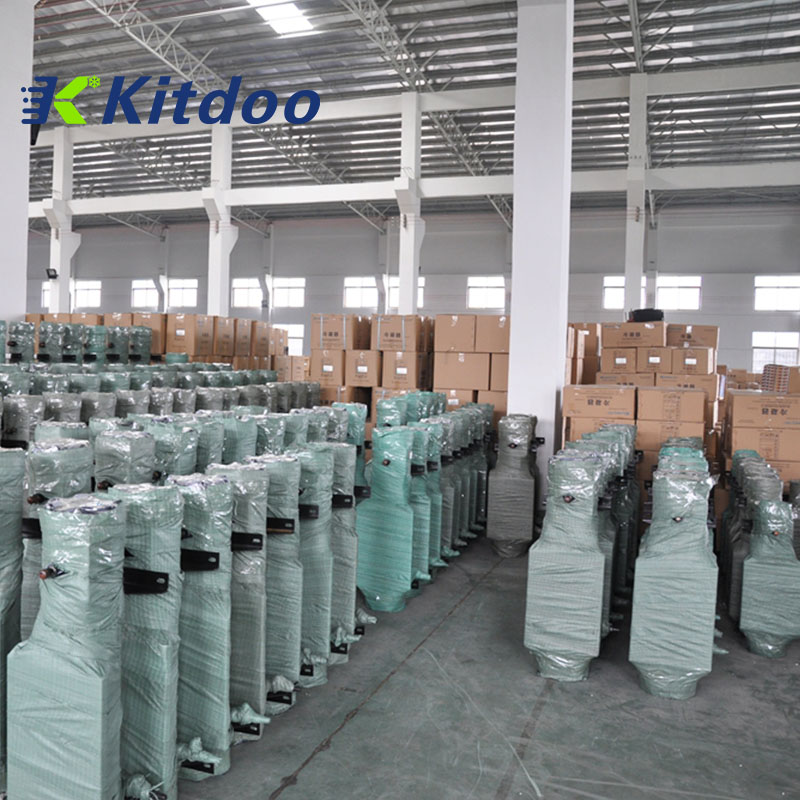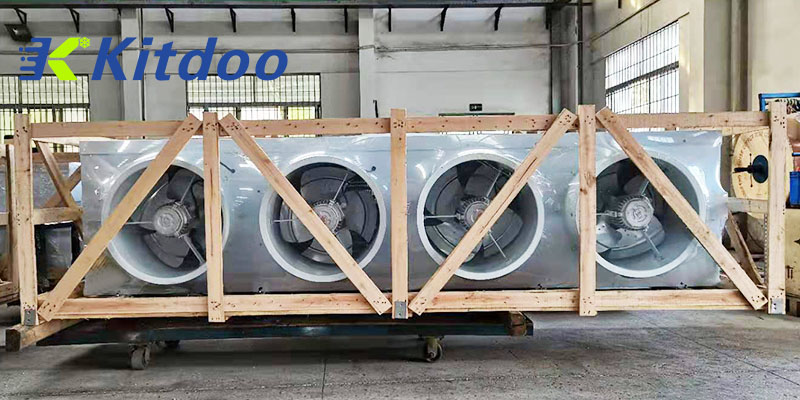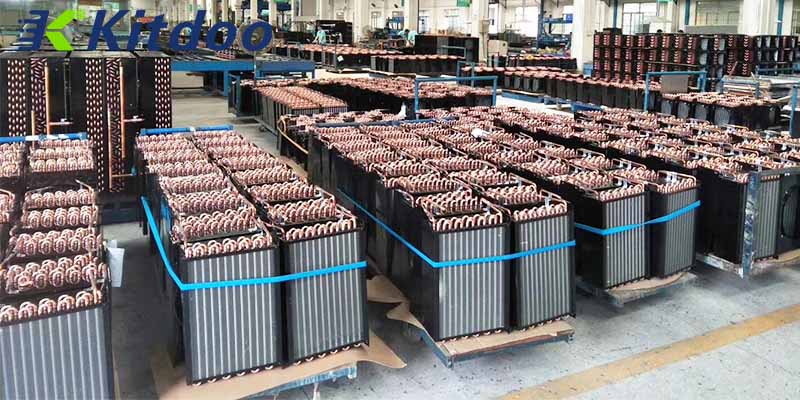ONE,Refrigeration system professional vocabulary
1. Heat
Heat is a form of energy. If the object is heated, the heat is sucked in; if it is cooled, the heat is discharged. The international unit is Joule (J).Commonly used ones are: R22, R134a, R410A, R290, R717, R404A, etc.

6. Energy efficiency ratio
Energy efficiency ratio is an important indicator to measure the economics of air conditioning units.
Energy efficiency ratio = cooling capacity / power consumption
7. Sensible heat/latent heat
The heat that causes the temperature of the object to change is called sensible heat.
The heat that only changes the phase transition state of an object without changing its temperature is called latent heat
8. Evaporation/condensation
Evaporation and condensation are the phase change processes that occur when the refrigerant absorbs (releases) heat in the system.
The change of refrigerant from liquid to gas is called evaporation, which absorbs heat from the surrounding environment;
The refrigerant changes from a gaseous state to a liquid called condensation, which releases heat to the surrounding environment.
9. Subcooling
The temperature difference between the refrigerant liquid lower than the saturated liquid under the same pressure is called the subcooling degree, that is, the difference between the condensation saturation temperature of the refrigerant (corresponding to the high pressure meter) and the liquid pipe temperature.
10. Overheating
The temperature difference between the refrigerant vapor and the saturated vapor under the same pressure is called superheat, that is, the difference between the evaporation saturation temperature of the refrigerant (corresponding to the low pressure table) and the return air temperature.

TWO,Refrigeration process
Compression process:
The low-temperature and low-pressure refrigerant gas is compressed into high-temperature and high-pressure refrigerant gas and discharged into the condenser.
Condensation process:
The high-temperature and high-pressure gas discharged from the compressor enters the condenser, transfers heat to the outside air or cooling water, condenses into a liquid refrigerant, and flows to the throttling device.

Throttle process:
The refrigerant liquid flowing out of the condenser flows to the throttling device under high pressure to perform throttling and decompression.
Evaporation process:
The refrigerant liquid flowing out of the throttling device flows to the evaporator, absorbs heat from the outside (air or water) and evaporates into gas, thereby reducing the temperature of the outside (air or water), and the evaporated low-temperature and low-pressure gas is sucked by the compressor.
The above information is summarized and compiled by the engineers of KITDOO Refrigeration Company. KITDOO provides customers with professional one-stop cold chain optimization services.